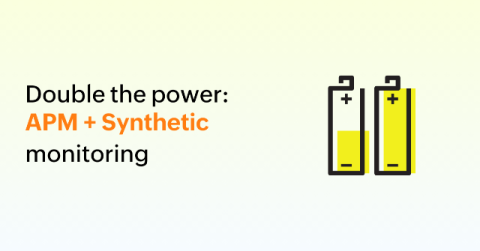An Accidental Shutdown - War Room Story from Ex-Roblox's SRE
Former Roblox Sr. Engineering Manager Denys Pashutynski shares a classic reliability horror story from 20 years ago in Ukraine - when one misplaced command shut down the entire corporate LDAP controller. From The Incidentally Reliable podcast - real stories from the trenches of site reliability engineering. Made by SREs for SREs and hosted by Zenduty. Zenduty is a revolutionary incident management platform that gives you greater control and automation over the incident management lifecycle.











